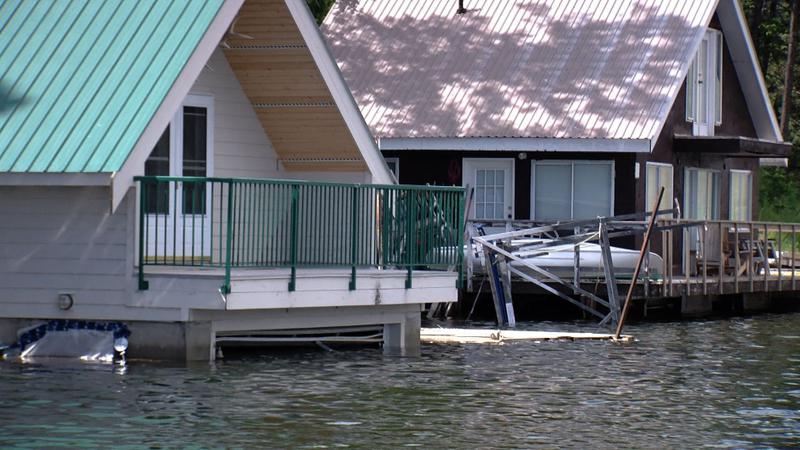
Report highlights the strengths and weaknesses of BC’s flood preparedness
The report took a look at the flood preparedness of all the provinces and territories across the country. Each province and territory was then assigned a letter grade, based on how well prepared they were to deal with floods.
CFJC Today spoke with the lead author of the report and found out B.C. is doing well in some areas of flood preparedness while lacking in others.


